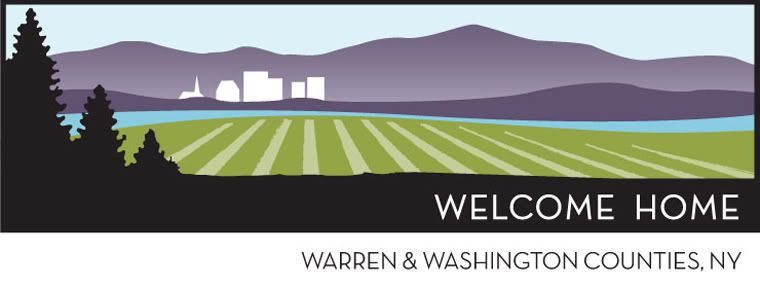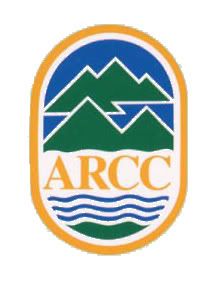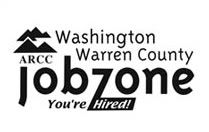This post is the latest in a series of reports by Todd Shimkus on the recent trip made to Hillsboro, Oregon. The trip was conceived after discovering that Hillsboro successfully planned for and capitalized upon the arrival of a company that mirrors the potential AMD scenario in our own region. We will continue to bring you updates as the group re acclimates to Eastern Standard Time.
The 19-member delegation with participants from Washington, Warren and Saratoga Counties are now back in New York. This Intercity Visit was inspiring, motivational, informative, and well worth the time and effort. We are deeply appreciative of the incredible time and talents put forth by Deanna Palm, President of the Greater Hillsboro Chamber of Commerce, Hillsboro Mayor Tom Hughes, and Julie Nix from the City’s Economic Development Office to make this Intercity Visit both possible and highly productive. Below is a mere sample of the facts and findings that we can report on immediately upon our region.
Regional cooperation to develop the infrastructure the technology industry requires to operate is clearly one of the key’s to Hillsboro’s success.
Vision - - Hillsboro had 7,500 residents in 1952; 25,000 in 1969; and more than 85,000 today. But this City is not a bedroom community of the City of Portland located just 20 miles to the east. To succeed with this vision, Hillsboro decided in the 1960’s and 1970’s to create their own economic base with Intel helping to lead the way as one of the early investors. Mayor Tom Hughes of Hillsboro led the delegation on a tour of the City.
Comprehensive Planning - - Hillsboro has retained its strong agricultural industry as it simultaneously developed its thriving tech sector. In 1978, the City established its first comprehensive land use plan. Through its urban growth boundary, they manage growth and utilize strict zoning requirements to ensure a 20-year supply of available land for manufacturing uses along with preserving agricultural land and a wide range of residential options.
Planned Unit Development - - Several leaders with whom we met each mentioned that people now move to Hillsboro (particularly from the Bay Area of California) without having a job immediately. To accommodate this growth while living within the urban growth boundary, the City has planned unit developments that require high density housing options with common area parks adjacent to both commercial areas and “industrial parks” to reduce commutes.
Industrial Parks - - Given the proximity to residential neighborhoods, the City’s industrial parks have been designed with aesthetics in mind.


The impact this focus on technology manufacturing has had important economic ripples throughout the economy.
Educational Opportunities - - The other “resource” that Hillsboro continues to provide that fuels their economic growth is their workforce and educational systems. The business to school connections and partnerships were obvious as we toured Orenco Elementary School and Liberty High School.
Downtown - - Hillsboro’s downtown is one of the works in progress within the urban growth boundary. Unlike most downtowns, it is located at the eastern most point of the City rather than in the traditional center of the community. The light-rail system that connects Hillsboro with Portland begins in the downtown. This transportation system is attracting new development such as a new downtown campus for Pacific University.

Over the next few weeks, our Intercity delegation will be developing more thorough reports and a plan to engage our region in a dialogue regarding our findings and their implications for our region’s ability to expand economic opportunity while improving our quality of life.

This is just the tip of the iceberg and we look forward to sharing more with you in the very near future. Our June NEW meeting, on Tuesday the 5th at the Queensbury Hotel from 12-1pm, will be dedicated to presenting on the trip. If you’d like, please post a comment to let us know what you think of this information.
*The accepted pronunciation of the word, and that used by long time Oregonians, is "Ore-uh-gun."






0 comments:
Post a Comment